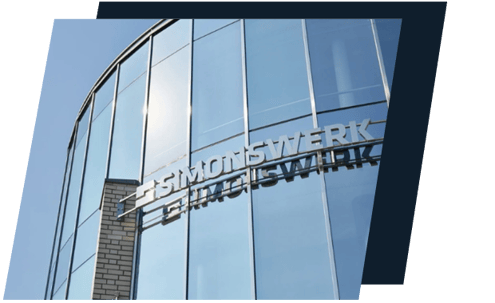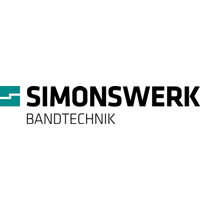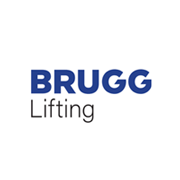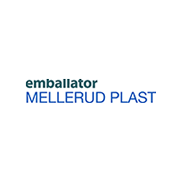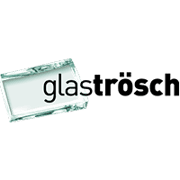Simonswerk was founded in 1889 in Rheda-Wiedenbrück, East Westphalia, and has developed into the leading supplier of hinges and hinge systems for doors in Germany. The company now operates in 70 countries and supplies its customers with high-quality products.
Simonswerk's claim is to manufacture its products to perfection, because quality pays off. Not only are the door hinges manufactured in-house, but the company also has an internal design department that produces its own tools. This ensures perfection throughout the entire production process.
This requirement also has an impact on the maintenance department, which has to ensure that the systems and machines function smoothly. To do this, it needs maintenance software that meets the company's high quality standards. Unfortunately, this was not the case in the past.
The old maintenance software no longer meets the company's own quality standards
Kilian Edelhoff, who took over as head of mechanical maintenance in 2018, discovered that the maintenance department was working with an old system based on MS DOS. The system was no longer being developed further and did not have a successor. In addition, only rudimentary systems and machines could be managed with the system. Maintenance planning was done using Excel tables and wall calendars, which were not managed centrally. There was also no transparent and complete documentation. Thus, no satisfactory planning for preventive maintenance measures could be carried out and there was no overview of the maintenance processes in the company, not to mention a history. Quite simply, the maintenance department did not have the right tools to effectively plan, measure and execute maintenance. There was a lack of structure and orientation. The data could only be maintained manually with great effort and not centrally, and was often incorrect. Active exchange with production was also not possible.
Kilian, then still a maintenance technician, quickly came to the conclusion that there was a great need for action.
"When I took over the management of mechanical maintenance at Simonswerk, the work with the system at that time was very frustrating and not satisfactory with regard to our requirements for clean documentation, for example concerning machine safety checks or reports for audits.“
Towards a new maintenance software solution
A new solution was needed and Kilian took on the task of finding maintenance software that met Simonswerk's requirements. He quickly convinced the Technical Managing Director as well as the department heads in production, who both wanted closer cooperation between maintenance and production.
The cornerstones that the software had to fulfil were quickly found. A system was needed that could digitally map the entire work of the maintenance department - from day-to-day business, including documentation, to the planning of preventive maintenance measures, to evaluation and histories. After a short selection phase, in which a few CMMS solutions and modules from an ERP system provider were tested, the choice fell relatively quickly on MaintMaster. During a 30-day free trial period, the software convinced with its easy accessibility and flexibility.
"What immediately stood out in the selection process when using the test version of MaintMaster was how flexibly maintenance processes could be set up in the software according to one's own requirements. In addition, much of MaintMasters maintenance software is self-explanatory. Modules in ERP systems or even other CMMS solutions are not so easy to understand and also not customisable to such an extent."
So, in accordance with the other responsible decision-makers, Kilian opted for MaintMaster
With MaintMaster results are achieved
After deciding on MaintMaster, 3 employees including Kilian received onboarding by a MaintMaster expert and were then able to get started immediately. The structure and data import went smoothly and Simonswerk was able to start with the new solution. The support from the MaintMaster expert was a great help, as was the existing basic structure with its orientation towards international maintenance standards, which was, however, completely customisable. Thus, own job categories and completion codes were added.
First, a ticket system was implemented that allowed production to report incidents or other problems directly to the maintenance department using the Windows client or smartphone app, with final feedback through the system to the department managers. This promoted cooperation between production and maintenance. In addition, the turnaround times for rectifying faults were greatly reduced.
The next step was to focus on preventive and predictive maintenance. Thus, based on the easy accessibility of MainMaster, the necessary processes were independently entered into the system by Kilian and transferred to the daily business. The preventive maintenance measures could be increased by 10% per year with the help of the maintenance software. The work in maintenance became more and more plannable and also evaluable through the reporting functions.
The next step was to adopt MaintMaster's documentation capability. Simonswerk began to use MaintMaster as a documentation system for safety inspections of fire detectors, smoke extractors and machines, for example. A new category was created, the data of the external companies carrying out the inspections was stored in the system and recurring jobs were created. As soon as a job was completed, Kilian received the inspection reports and forwarded them to the responsible departments, which in turn created jobs for troubleshooting in MaintMaster for maintenance. This was a simple but effective way to map these processes seamlessly - thanks to the flexibility of MaintMaster.
"The introduction of MaintMaster into our maintenance was child's play due to the onboarding and intuitive operation. The maintenance software can be excellently adapted to one's own needs due to its flexibility, but provides orientation due to its alignment with international maintenance standards. We have been able to increase our preventive actions by up to 10% per year!"
The first measures were rolled out within a short period of 4 months after the introduction of MaintMasters maintenance software and the next use cases have already been planned. For example, a connection with the newly introduced ERP system (SAP) will be established through the integrated function in MaintMaster. The IoT sensors of MaintMaster will also find their application, so that further control options (for example, by means of temperature checks) will be created to further reduce unplanned machine downtimes.
Do you want to learn about the basics of a CMMS?

